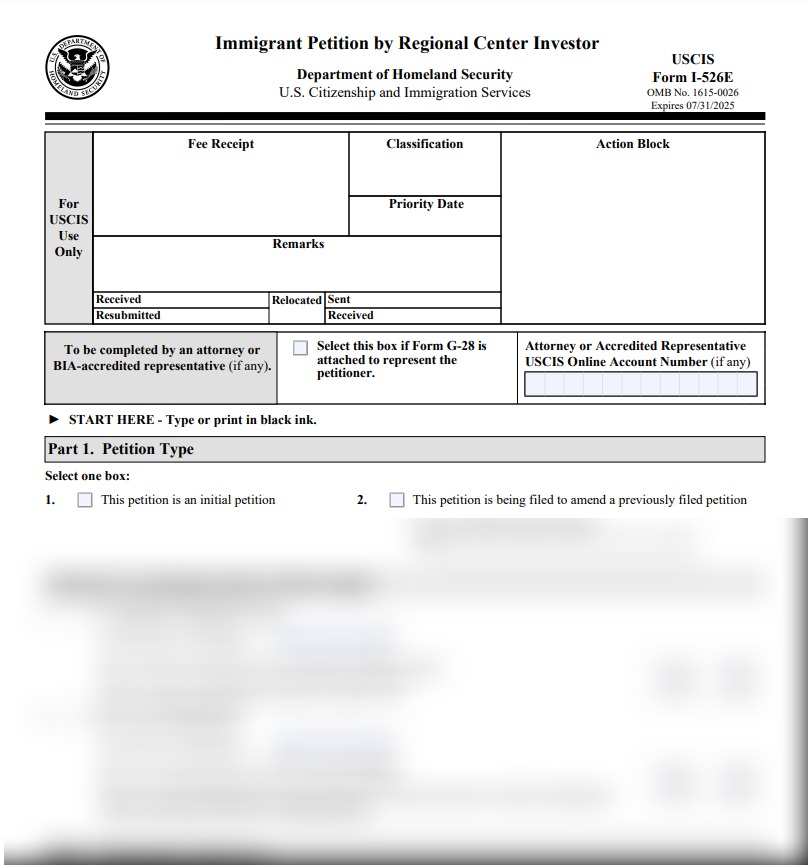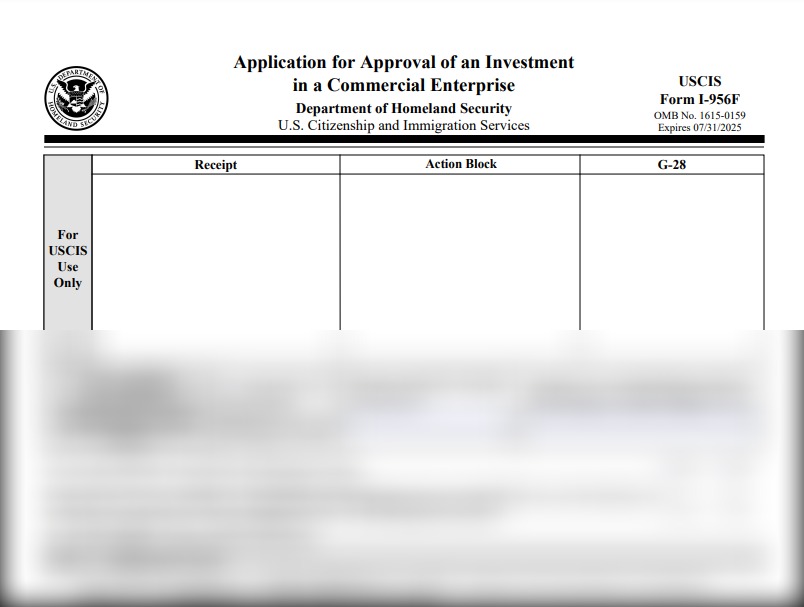"USCIS approved EB5 projects" are ready for investment vehicles of the EB5 Visa Program.
Learn benefits, the project approval process, and requirements. Browse already approved EB5 projects in Florida, California, or nationwide.FREE CONSULTATION

Investment Opportunities
Paperfree Marketplace Private Funds
Research News and Insights
Approved Projects
- Add your EB5 Project
- All Points North, a Targeted Employment Area- Expedite your EB-5 Visa Journey

- Copper Valley Rural TEA EB5 Project

Benefits of EB5 approved projects
Investors seeking a path to permanent residency in the United States can use the EB-5 Visa Program. One way to do this is by investing in "EB-5 visa-approved projects." These projects offer a unique investment opportunity with the potential for returns and a chance to obtain a green card. Don't miss this chance to invest in your future and secure your place in the United States.
The initial visa petition for an EB-5 project involves an added layer of USCIS scrutiny focused on
- the project's business plan and
- economic impact report.
This extended adjudication process makes it advantageous for investors to join a project after this initial USCIS review. Investors can verify the project's status with the regional center.
Additionally, investors should ensure the project has obtained all necessary licenses and permits to prevent potential delays after committing funds.
EB5 Project approval process for direct investment
For a direct EB-5 project, there is no need to obtain pre-approval. The first step is to submit the I-526 immigrant petition, including all necessary components. This includes a Matter of Ho compliant business plan demonstrating the need for ten full-time employees and specifying the timeline to create those positions directly within the conditional period.
EB-5 Project approval process for regional center investment
The USCIS categorizes projects as either hypothetical or actual - exemplar projects:
- Hypothetical Projects Pre-Approval by Regional Centers
A hypothetical project category includes broad proposals and forecasts and doesn't comply with a "Matter of Ho" business plan. However, the USCIS may still consider such a project as evidence that the proposed regional center will likely promote economic development. - Actual - “Exemplar” Projects
Documentation provided by an actual project is more detailed and conclusive. Such documentation demonstrates the proposed regional center's ability to promote economic development through verifiable economic or statistical evidence.
An EB5 exemplar approval project includes the documents of the commercial entity seeking regional center designation, including organizational and transactional documents.
Applications involving real projects must contain a comprehensive business plan rather than a sample one.
Furthermore, the projects must include sample transactional documents, such as investor subscription agreements and private placement memorandum.
To request approval for each investment offering through an associated new commercial enterprise, a designated regional center submits a project application, Form I-956F, for Approval of an Investment in a Commercial Enterprise.
Required documentation for project approval
All EB-5 regional center applications require the following documents:
- Sample project business plan
- Comprehensive business plan
The project application should include a detailed, convincing business plan outlining the company, its offerings, and its goals. Additionally, the plan should specify the type of investment, such as a loan, equity investment, or other financial agreement.
A comprehensive business plan should include:
- market analysis,
- market strategy,
- permit and license requirements,
- supply and distribution contracts,
- manufacturing process descriptions.
The plan should include sales, expenses, income projections, and a comprehensive explanation of how these numbers were derived.
- Corporate structure
- Economic report
An expert should be responsible for preparing the economic report. This document not only indicates whether the project is in a TEA but also demonstrates that it will create the required number of jobs. Using accepted economic methodologies to demonstrate indirect and induced jobs is necessary.
-
Direct job creation may seem simple, but regional centers can also count indirect and induced jobs when calculating overall job creation.
-
Indirect jobs refer to those arising from the project's development and continuous operation, e.g., purchasing supplies and building materials. In contrast, induced jobs are created by the project's economic impact, such as the spending by its employees.
-
- Legal securities documents
Lawyers with relevant EB-5 experience must prepare legal securities-related documents. To comply with the SEC, the investor subscription agreement and private placement memorandum should align with the USCIS requirements. Given USCIS's complex regulations, it is essential to engage professionals with expertise in relevant areas to prepare these documents. - Legal immigration documents
- Agreement between the regional center and the project.
NOTE
It is essential to work with an experienced EB-5 immigration attorney to maximize your chances of receiving USCIS approval.
Related documents
Form I-526E—Immigrant Petition by Regional Center Investor.

Form I-526E first-page sample
Form I-526. Immigrant Petition by Standalone Investor
.jpg)
Form I-526 first-page sample
Form I-956F. Application for Approval of an Investment in a Commercial Enterprise

Form I-956F first-page sample
Free Consultation